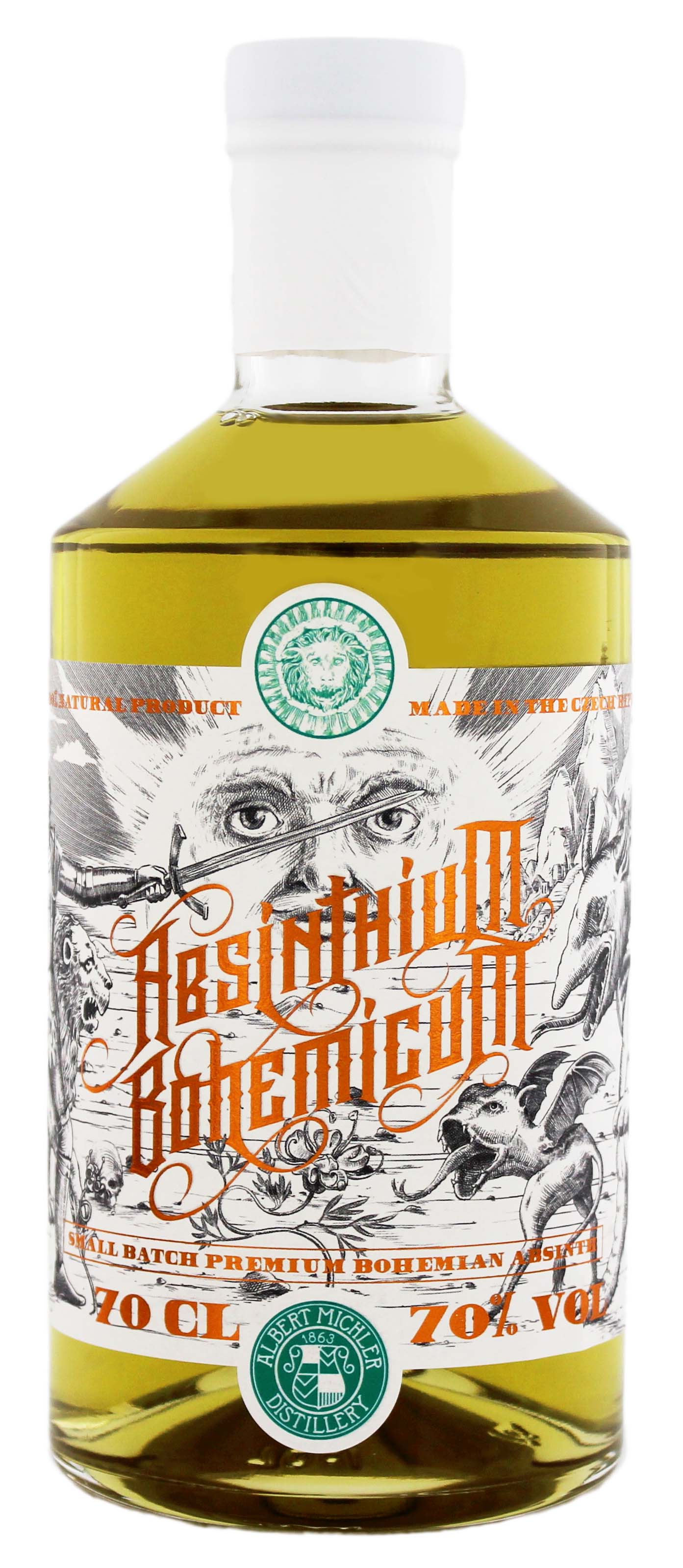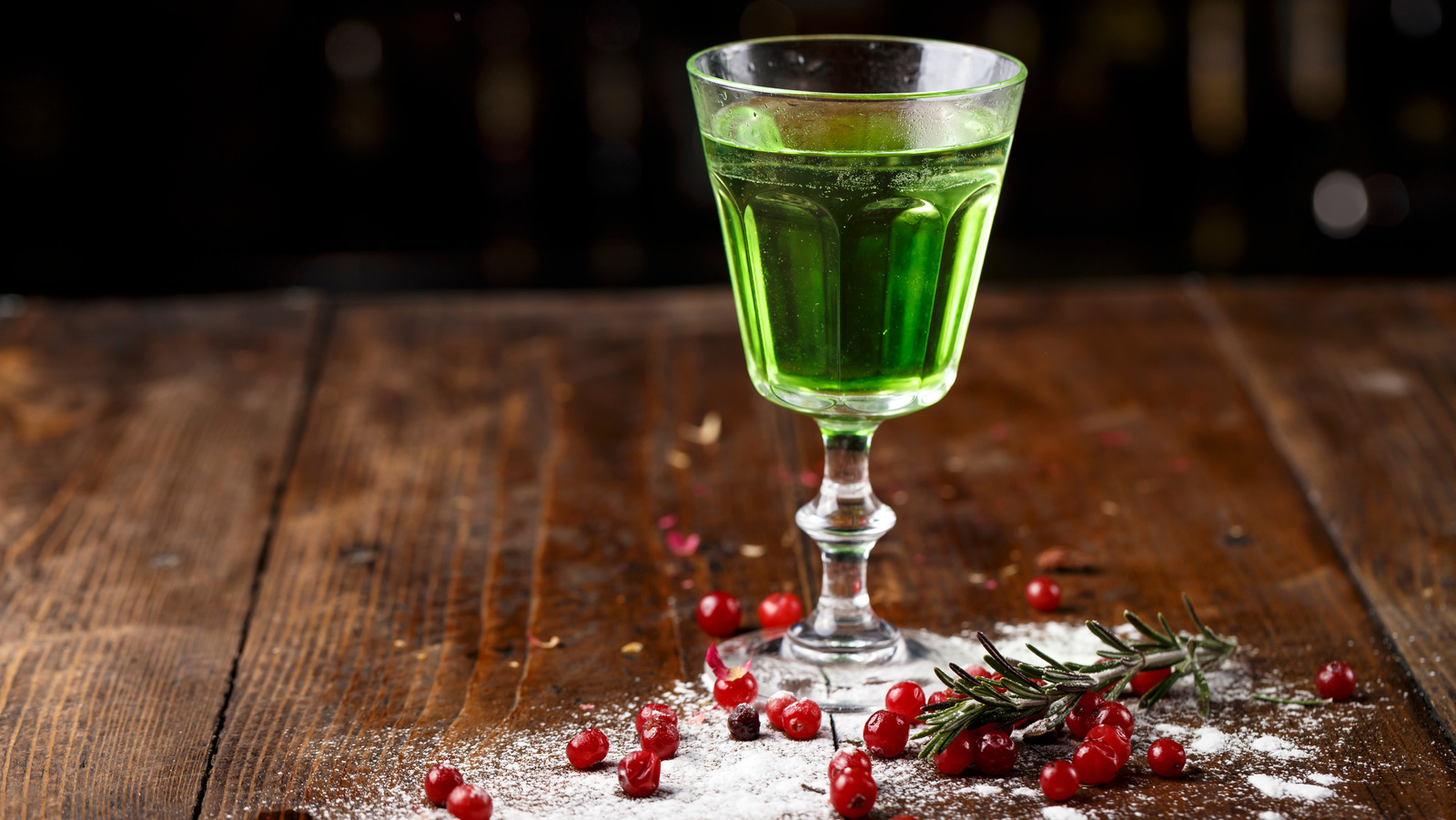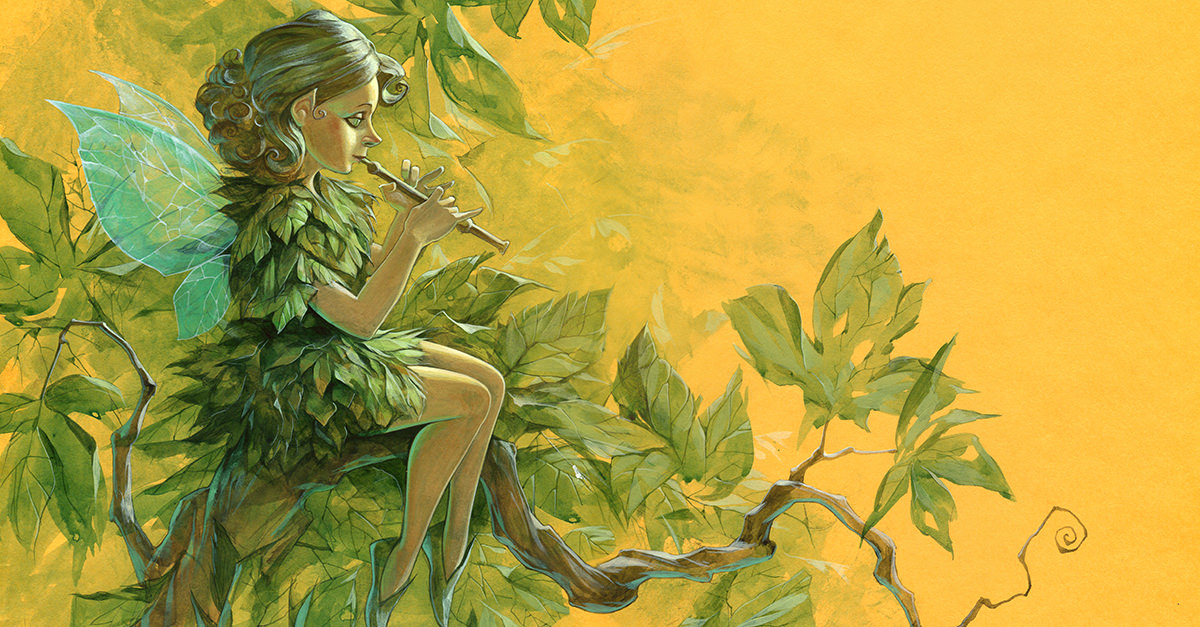
:max_bytes(150000):strip_icc()/absinthe_main_720x720-e8183052d5df433e8933b50a07c43414.jpg)
Alcohol reinforces this inhibitive effect which is why alcohol use results in reduced concentration, poor coordination, sleepiness and forgetfulness. GABA plays an important role in our brains. Just like serotonin and melatonin, for example, GABA is a neurotransmitter. Nowadays, we know that, among other things, thujone works as a GABA antagonist. And it was believed that the tumultuous history of absinthe use was attributable to the supposed psychedelic effect of thujone. It was thought for a long time that thujone, in the same way as THC, would activate the cannabinoid receptors in our body and brain. Bitterness and menthol together are what produces the aniseed-like taste. Thujone is a terpene and gives a menthol-like taste to this bitter drink. Next we come to the notorious substance thujone – a natural ingredient of absinthe which has made the drink infamous. This natural anti-inflammatory is what gives absinthe its characteristically bitter taste.

Absinthine is one of the bitterest substances you can imagine.

The key ingredients in wormwood are absinthine and thujone. Other ingredients may include the herbs lemon balm, speedwell, hyssop and artemisia pontica. The buds from which the flowers are formed are the main ingredient of absinthe, and also the liquor vermouth.Ībsinthe is green thanks to the chlorophyll of the artemisia plant – not to be confused with artemisia trouwens – that is a species of lobster. The plant that also goes by the sinister English name of wormwood, reaches about a metre in height and has attractive yellow flowers. The ingredients of the bitter and aniseed-flavoured distilled drink include the perennial Artemisia absinthium, a plant that occurs in Europe, North Africa and Asia. If you want to find the answer, you need to see what absinthe is made from. Whether or not that’s true, we will reveal shortly. You may know absinthe as the green liquor that is rumoured to cause hallucinations. But is that the case? Which ingredient would cause you to see the supposed green fairy of absinthe? Is it the controversial substance thujone, or simply the enormous alcohol percentage that makes you incapable of knowing what is and what isn’t real? We are going to investigate a green drink that perhaps would be more at home in the smartshop than in the off-licence. Since 2007, my job has been 15% distillation and 85% education.Absinthe: the mysterious and notorious liquor which ‘according to tradition’ makes you hallucinate. We still have a lot of work to do overcoming the stigma. I went to the French Ministry of Health and asked them, ‘What’s the scientific basis of the law?’ They struck the ban in 2011. Technically, it was still illegal in France. On March 7, 2007, absinthe was again allowed in the U.S. And we stressed that we wanted to establish a quality of standard, to do away with the stigma of poor quality and the spirit causing hallucinations. We put together a scientific argument that the government could not refute. They had the idea to try to get the absinthe ban overturned in America. But I couldn’t even sell it in our own country!Īround that time, I met some entrepreneurs in New York.

I struck a deal with the distillery and started producing absinthe. I discovered Combier Distillery in Saumur, France, a functional distillery that had made absinthe pre-ban. With this knowledge, I could either write a good book - or keep the details to myself and try to recreate the spirits. I found that you could put those bottles on the shelf and sell them today. I tasted those in ’96, when few people alive had tasted vintage absinthe. I sampled these using a hypodermic needle that penetrated through the corks.
#Absinthe hallucinate full
I came to acquire two full bottles of pre-ban absinthe, Pernod Fils and Edouard Pernod. TB: My background is as a research scientist. (America banned it in 1912.)ĬH: How did you become involved in the absinthe revival? That essentially removed it from the global marketplace. The wine industry was able to get absinthe banned in Switzerland in 1910 and France in 1914. At that time, more than 95% of the world’s absinthe came from one rural area on the France/Switzerland border.


 0 kommentar(er)
0 kommentar(er)
